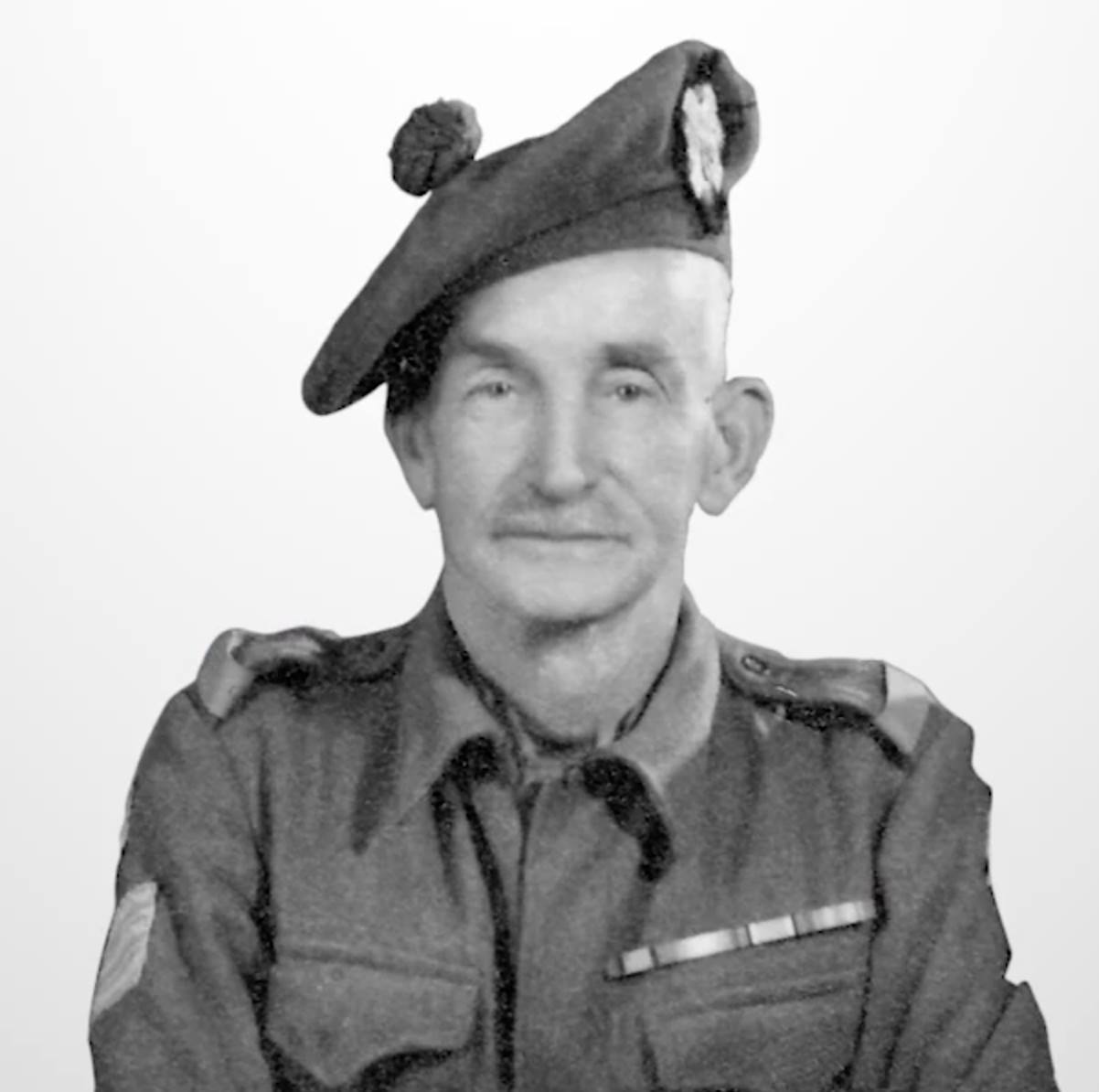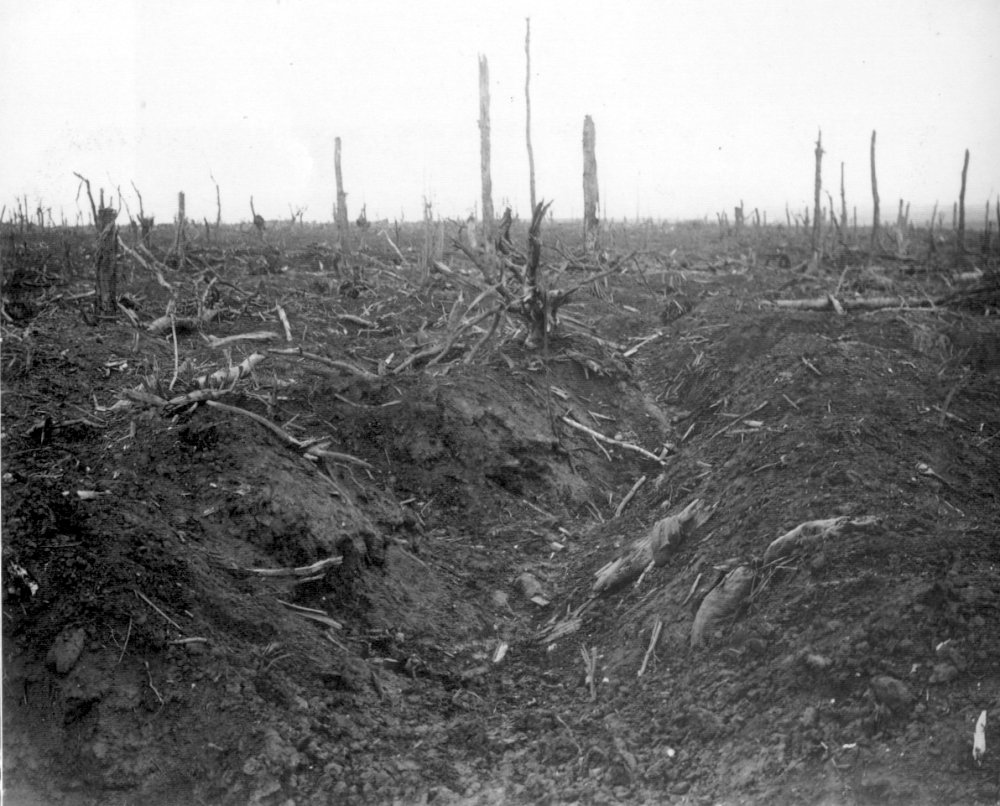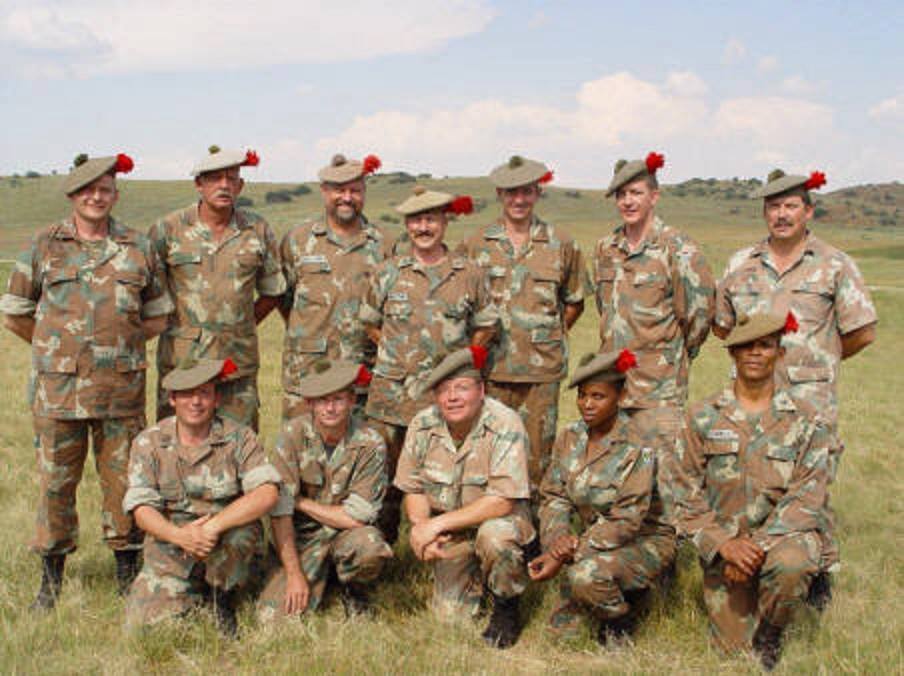Honouring a son of South Africa and one of our greatest and bravest World War 1 heroes, receiving his Victoria Cross for valour holding out against all odds in a part of the war often overlooked – Mesopotamia (now modern-day Iraq), in a war against the Ottomans (Turks) – Captain Oswald Austin Reid VC. This is his story.
Early Life

Captain Oswald Reid VC
Oswald Reid was the third child in a family of seven, he was born in Johannesburg, South Africa on 2nd November 1893. He was the eldest of three sons, the others being Victor and Clifford, and he also had four sisters. His father, Harry Austin Reid, was a pioneer architect of Johannesburg and formerly a captain in the commander in chief’s bodyguard regiment (Lord Roberts’ Regiment), having fought in the 2nd Anglo Boer War.
Oswald’s mother, Alice Gertrude Reid, was also well-connected, being a pioneer of both Johannesburg and Kimberley. She was the daughter of George Bottomley JP, Mayor of Kimberley, Cape Colony and member of Legislative Council for Griqualand West.
Oswald was educated at the Diocesan College, Cape Town, and later at St John’s College, Johannesburg and at Radley College, England. He arrived at Radley in 1910, and although he was only 17, he could be mistaken for 21. He soon earned the nickname “Kaffir Reid” (because of his South African origins, now considered a derogatory term), and was captain of the rugby and cricket teams, and was a senior prefect. He was also a Colour Sergeant in the college Officer Training Corps.
Oswald became an agricultural student and in 1913 he went to the Netherlands to learn Dutch and study law with a view to working in the Transvaal, thereafter was later given a position in the Agricultural Department in South Africa.
Western Front – World War 1
The outbreak of war interrupted Oswald’s career in Agriculture in South Africa, he shipped out at the start of the war and volunteered to join the British Army on 14th August 1914 as a Second Lieutenant in the 4th Battalion King’s Liverpool Regiment.
Oswald Reid was promoted to Full Lieutenant on 5th March 1915 when his battalion left for Le Havre, arriving the next day, and he began his service as a bombing officer. His battalion was part of Sirhind Brigade, and saw action at the Battle of Neuve Chapelle.

The King’s Liverpool Regiment moving along a communication trench leading to the front line; near Blairville Wood, 16th April 1916.
A month later he was wounded by a gunshot to the scalp and in the left cheek from a grenade during the Second Battle of Ypres on 27th April.
Lt Oswald Reid initially suffered from headaches from his injury, but they gradually relented and he appeared before medical boards. On 28th August he was back in France, this time with 1st Battalion, 6th Infantry Brigade, 2nd Division, he was again wounded in face again when serving with the 1st Battalion at Arras, he left France on 6th May 1916 to recover from his wounds.
Once fit again, and now promoted to Captain he was transferred to Peshawar (modern-day Pakistan), India on 21st August. He took part in the Mohmand campaign until November 1916, when he embarked for Mesopotamia, (modern day Iraq) take part in the operations at Kut-el-Amara, Baghdad, and Samarrah fighting against the Ottomans (modern day Turks).
The Mesopotamian Campaign
The Mesopotamian campaign was a campaign fought in the Middle East theatre of World War 1, between the ‘Allies’ represented by Britain and Empire troops from Australia and India and the Ottoman Empire troops, mainly Turkish and Arab troops which had aligned themselves with Germany and the ‘Central Powers’.
The Ottoman Empire had conquered the most of the Middle East in the early 16th century, and ruled through local proxy rulers. As with the later modern-day Gulf Wars, the central cause of the Mesopotamian campaign revolved around the same ‘black gold’ – oil, with the same urgency to secure oil supply to nations depending on it for their economies and war effort.
Also like the later Gun Wars in Iraq, the operational area of the Mesopotamian campaign for the British was limited to the lands and areas watered by the Euphrates and Tigris rivers. The prize, as was the prize in previous wars in the region was the capital – Baghdad.

As other soldiers run for the cover of slit trenches, an Indian Lewis gun team engage an enemy aircraft, Mesopotamia 1918. During the long and arduous campaign along the Tigris and Euphrates rivers, from Basra to Baghdad and beyond, over 29,000 Indian soldiers perished in what was their most significant contribution to the British war effort of WW1.
Victoria Cross
Captain Oswald Reid received his Victoria Cross fighting on the Diyala River, south-east of Baghdad, Mesopotamia (now Iraq) – between the 8th to the 10th of March 1917
In the push to take the City of Baghdad from the Ottoman Turks, under heavy fire from the defending Turks the British experienced a costly set-back trying to cross the Diyala River just south-east of Baghdad, on the night of 7th March 1917 – using pontoons to ferry their troops they failed to cross.

Turkish infantry launching a counter-attack. Mesopotamian Campaign
The British made a second attempt to cross the river the following night on the 8th March. The pontoons again came under very heavy Turkish fire and of nearly 1,000 British troops trying to cross the river, only 110 got across.
Captain Reid was the only surviving senior officer to make it, now attached to the 6th Battalion, The Loyal North Lancashire Regiment, Captain Reid succeeded in gathering together the three separate pockets of troops on the far side of the river opposite the main body of British still unable to cross the river.
After Captain Reid’s lines of communication had been cut by the sinking of the pontoons. He maintained this position for 30 hours against constant attacks by bombs, machine-guns and rifle fire, with the full knowledge that repeated attempts at relief had failed and that his ammunition was all but exhausted. It was greatly due to his tenacity that the crossing of the river was effected the next night. During the operations he was wounded (this was the third time in his military career).
Captain Reid and the men with him held out until the third and successful crossing of the Diyala by British troops early in the morning of 10 March. By then Reid’s force had been reduced to about thirty men. Captain Reid had literally held his position at all costs under the most perilous of circumstances, his actions had turned the tide of the battle in favour of the British, the road to Baghdad was now open.

A British artillery battery crossing a pontoon bridge over the River Diyala near Baghdad in March 1917. This bridge was completed by the 71st Field Company, Royal Engineers, at 11am on 10 March, following a night river crossing by the 5th Battalion, Wiltshire Regiment, 88th Field Company, Royal Engineers, and the 8th Welch Pioneers to secure a bridgehead on the Turkish held side of the river.
Realising that Baghdad could not now be defended against the British Expeditionary Force, the Turkish army evacuated the city on the 10th March and retreated northwards. The British entered the city the following day on the 11th.
For his leadership and bravery in the most extreme of circumstances, Captain Reid was Mentioned in Dispatches by General Maude on capture of Baghdad and subsequently awarded the Victoria Cross (VC) for Valour. With this he walked into history as the first Johannesburg born VC recipient.
Victoria Cross Citation:
For most conspicuous bravery in the face of desperate circumstances.
By his dauntless courage and gallant leadership he was able to consolidate a small post with the advanced troops, on the opposite side of a river to the main body, after his line of communications had been cut by the sinking of the pontoons.
He maintained this position for thirty hours against constant attacks by bombs, machine gun and shell fire, with the full knowledge that repeated attempts at relief had failed, and that his ammunition was all but exhausted. It was greatly due to his tenacity that the passage of the river was effected on the following night.

British soldier signalling (by means of heliograph) across Baghdad from the roof of the old Turkish artillery barracks.
Whipping up Support
Oswald Reid was promoted to Acting Major, and on in October 1917 he was back in action and was wounded again (4th time in his career). Whilst on the mend and on leave from all his wounds he returned to South Africa to drum up support for the war effort. Whilst in Johannesburg he attended a civic reception and visited St John’s College, where he talked to the boys about the Mesopotamian campaign.
His war not yet done, Acting Major Reid VC returned to Mesopotamia and in December 1917 he was again ‘Mentioned in Dispatches’.

British ‘Tommy’ gives one of the starving Turks a bit of his biscuit. Mesopotamian Campaign.
Fighting Bolsheviks
After the First World War, Captain Reid received his Victoria Cross by King George V at Buckingham Palace on 22nd February 1919 and was accompanied by Victor, one of his younger brothers, who was training as a pilot with the Royal Air Force.
With more soldering to come for this South African, in April 1919 he left for Russia as part of General Allenby’s Allied intervention force in north Russia. He was to take part in the Russian campaign on as a member of the Slavo-British Legion Force sent to relieve the White Russians in their struggle against the Bolsheviks.
Discharge
On 6th February 1920 he was finally discharged of his duties from the military and Oswald returned to Johannesburg. On the 1st April 1920 he resigned his commission with the British Forces and obtained a substantive commission as a Captain serving with Transvaal Scottish in The Union of South Africa’s forces.

Early South African Legion (BESL) badge
Oswald Reid VC became the Secretary of the Comrades of the Great War League – a veterans association to assist returning WW1 veterans (the ‘Comrades’ marathon is named after this organisation). In 1921, under the guidance of General Jan Smuts, the ‘Comrades of the Great War ‘was amalgamated with other veteran associations to form The British Empire Services League – South Africa (BESL), this organisation is now known as The South African Legion of Military Veterans (SA Legion) and continues the work of Remembrance and veteran assist.
Later on Oswald Reid VC decided to take up politics and in March stood unsuccessfully for the Troyeville constituency in Johannesburg. Then, at the very young age of 26 tragedy struck.
Death
There is little doubt that his many wounds and service in the First World War had undermined his health, and in the autumn he became ill with gastroenteritis and pneumonia. He was unable to fight it off and died in hospital on 27th October 1920. He was buried in Braamfontein Cemetery, and two years later, a VC memorial was unveiled in the cemetery.
In addition to the VC, he was also awarded the 1914-15 Star, British War Medal 1914-20, Victory Medal 1914-19, Medaglia Al Valore Militaire and was Mentioned in Despatches. His medals are held by the Ditsong National Museum of Military History, Johannesburg, South Africa.
Researched by Peter Dickens
Related work and Links
Reginald Hayward VC “Superhuman powers of endurance and courage” Reginald Hayward VC
William F. Faulds VC Taking gallantry at Delville Wood to a whole new level; William Faulds VC MC
Sherwood Kelly VC “…. a Herculean of Irish-South African origin with a quite remarkable disregard for danger”.
Percy Hansen VC One Lucky Charm wins the Victoria Cross; Percy Hansen VC, DSO, MC
Andrew Beauchamp-Proctor VC ‘Proccy’ – South Africa’s ‘Bravest of the Brave’
William Hewitt VC “There’s fifteen in there Sir, and they’ve all had it” destroying a German Pillbox single-handedly – William Hewitt VC
Clement Robertson VC Under deadly fire he directed his tanks to their objective … on foot! Clement Robertson VC
References
Large extracts published with the kind permission of The VC and the GC, The Complete History, published by Methuen and The VC and GC Association in 2013. with sincere thanks to Charles Ross from The South African Legion. Additional Reference and extracts – The Comprehensive Guide to the Victoria Cross and George Cross – on-line. Images copyright Imperial War Museum.
















